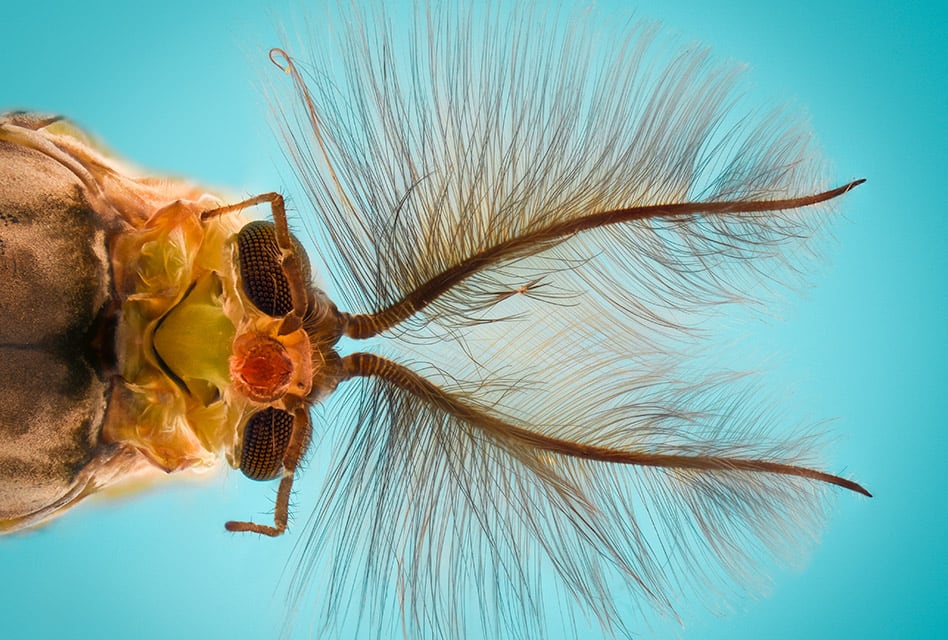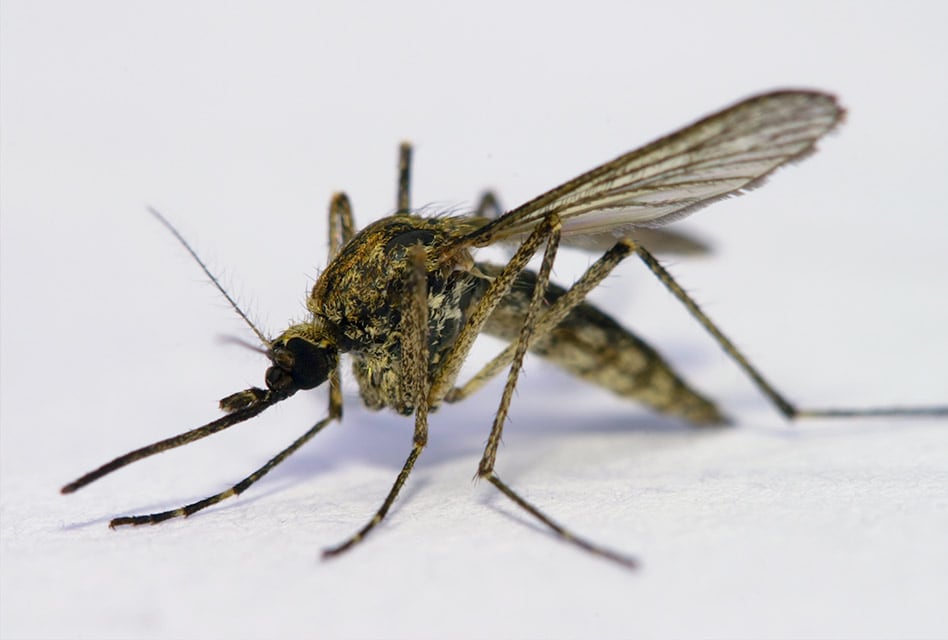Differences Between Male and Female Mosquitoes
Find nearby providers to get rid of mosquitoes today
The differences between male and female mosquitoes are important to know, particularly if you are experiencing a mosquito problem at your home or in your community, or if you are concerned about the spread of disease. While both male and female mosquitoes are prevalent around the world, and have certain similar behaviors, there are some important differences between them.
The Differences Between Male and Female Mosquito Life Cycles
The first big difference between male and female mosquitoes is in their life cycles. Male mosquitoes typically live for about a week once they reach adulthood. Even putting male mosquitoes in ideal environmental conditions has not been shown to be effective in lengthening the amount of time they live.
Female mosquitoes, however, can live for up to two weeks in most places, and when put into ideal environmental conditions, their life spans can be increased to a month or more. This is a big biological difference between male and female mosquitoes, and so far, researchers have not discovered the reason why the life span of male mosquitoes can not be expanded, while the female mosquito life span can be increased dramatically in the right conditions.
The Differences Between Male and Female Mosquito Appearances
Though you can’t see it with the naked eye, male and female mosquitoes have a very different appearance when viewed under a microscope. The difference centers on their proboscis, which is the long, pointed part of their body that comes out of their mouth, which they use to gather food.
The male mosquito has a proboscis with a feather-like appearance. It has wisps all along and around it that make it look bushy.
Female mosquitoes, on the other hand, have a smooth proboscis. If you could see this with the naked eye, you would know right away which mosquitoes to stay away from and which were harmless.
The Differences Between the Feeding Habits of Male and Female Mosquitoes
The feeding habits of male and female mosquitoes is the main thing that makes one an annoyance and one harmless. Only the female mosquitoes eat blood, so only female mosquitoes bite people and animals (and thus, only female mosquitoes can spread diseases).
Female mosquitoes must eat a meal of blood in order to supply them with the protein they need to develop and lay their eggs. In order to consume the blood, they must first use their proboscis to inject saliva into the person or animal they are feeding on. Their saliva has an anti-coagulant agent in it that prevents the blood they suck from clotting and rendering it inedible to them. The saliva is how viral diseases are spread.
Male mosquitoes, on the other hand, do not consume blood. They only need to consume food that produces energy for them, so they stick to sweet things like nectar and fruit juices. Male mosquitoes do not bite people or animals, and so are not a health concern.
The Most Important Differences Between Male and Female Mosquitoes in the Mosquito World
While not as important a difference to humans, the fact that male mosquitoes have one use and one use only – the production of sperm – is very important in the mosquito world. A male mosquito’s sole job in life is to mate with as many female mosquitoes as possible and deposit their sperm. After that, they are no longer needed in mosquito society.
A female mosquito needs to mate just once in her life. She stores the sperm in her body and fertilizes her eggs as she lays them. Female mosquitoes are responsible for producing healthy eggs that will hatch the next generation of mosquitoes, so their role among mosquitoes is of primary importance, and more complex than that of the male.

